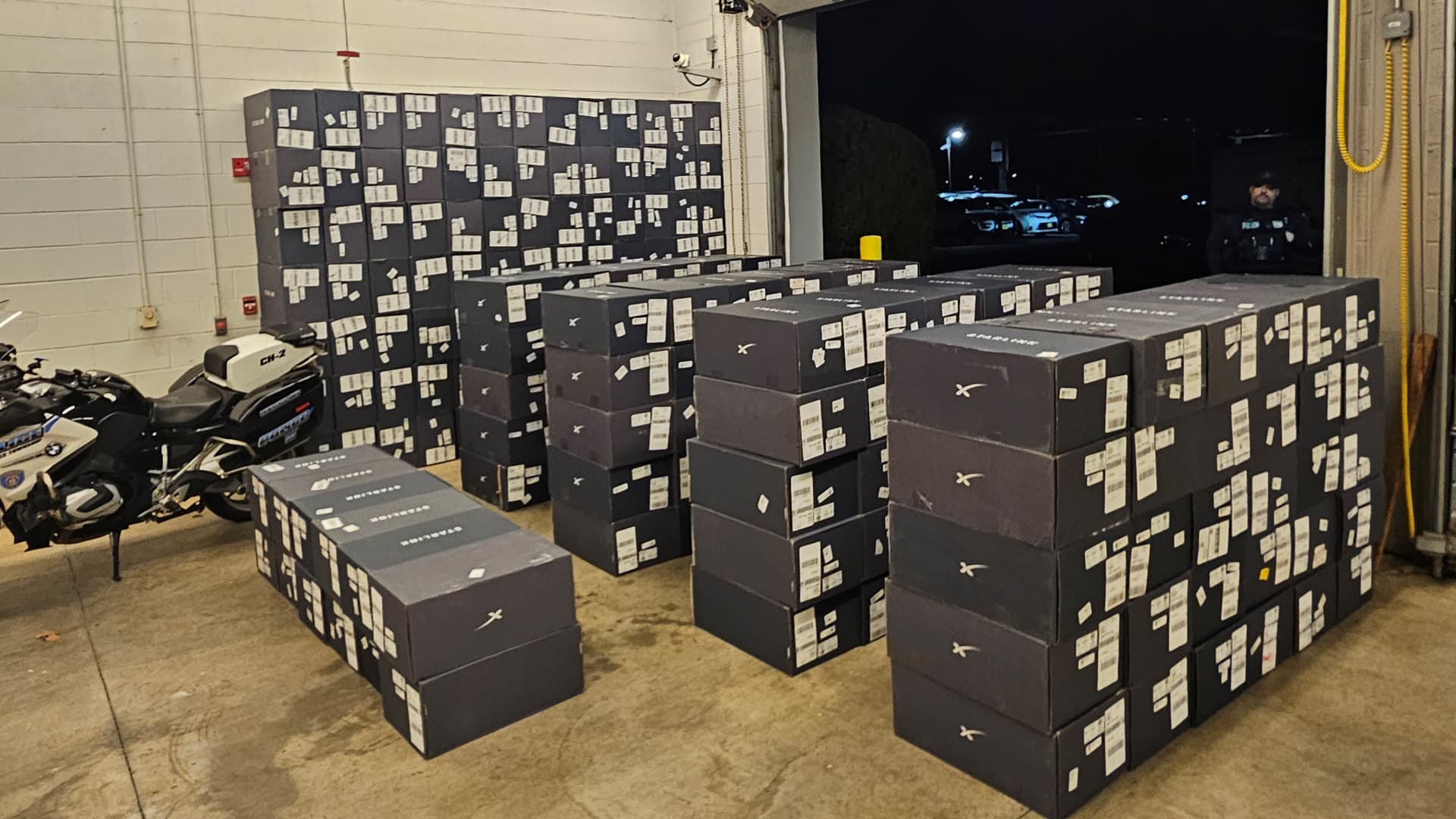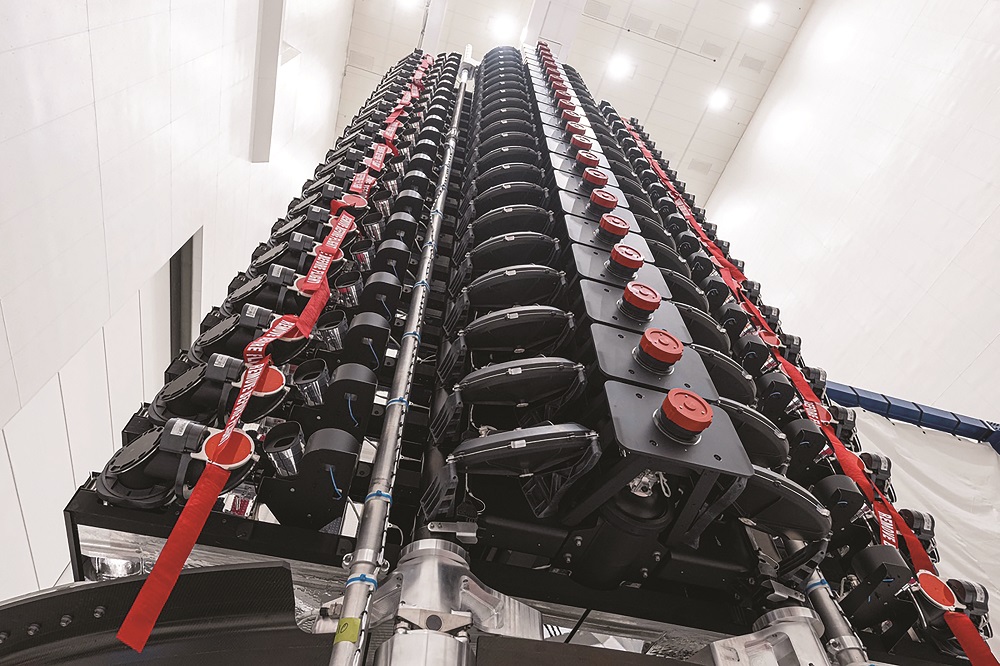If it goes up dramatically, wouldn't that indicate the link limit is 17Mbps? Otherwise, they would need to be hiding retries or adjusting the link parameters based on traffic as packets 'should' be independent.
I'd tend to think so....
Unless you are talking about boosting both the link rate and the iperf3 rate?
No, I was just wandering what we'd see iperf3 was run at a higher rate. I'm not used to seeing a 15% packet loss as being terribly acceptable, especially for media where it's audible/visible with UDP. That having been said, I've never really measured over a cell connection (more a LAN dude... although I see there's an iperf port for iOS, hmmm...), so maybe that's acceptable, and the FEC and codecs are such that it's not as objectionable as I'd expect...
So... the test would be interesting to see.





